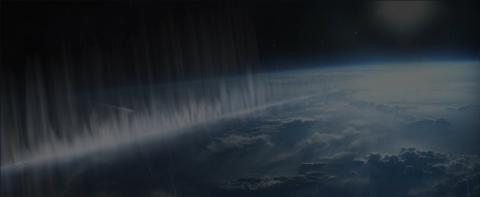Image



When scientists analyzed data from the moon mineral mapper on India's Chandrayann-1 orbiter, they were surprised to find the chemical signature of the mineral hematite, Fe2O3 (iron and oxygen). 3 4 Normally, hematite forms when iron comes into contact with water and oxygen, two substances that are rare on the moon. Scientists thought the moon was completely dry until water ice was found at the poles. The only plausible source of oxygen, they say, is from the earth's "magnetotail" during the full moon phase of the lunar cycle. However, the amount of hydrogen from the solar wind that bombards the wind is sufficient to interfere with hematite formation. As of March 2024, NASA scientists remain puzzled as to how hematite might form on the moon.
If the scientists had consulted with Dr. Walt Brown, they might have discovered a plausible mechanism. 5 6 At the beginning of the Flood, the Fountains of the Great Deep spewed water into space. Some of this water ended up on the moon and temporarily created conditions favorable for formation of hematite. The water is gone now, so we have hematite formations with no water in sight. A mystery! (The water that ended up at the poles is now permanent ice.)